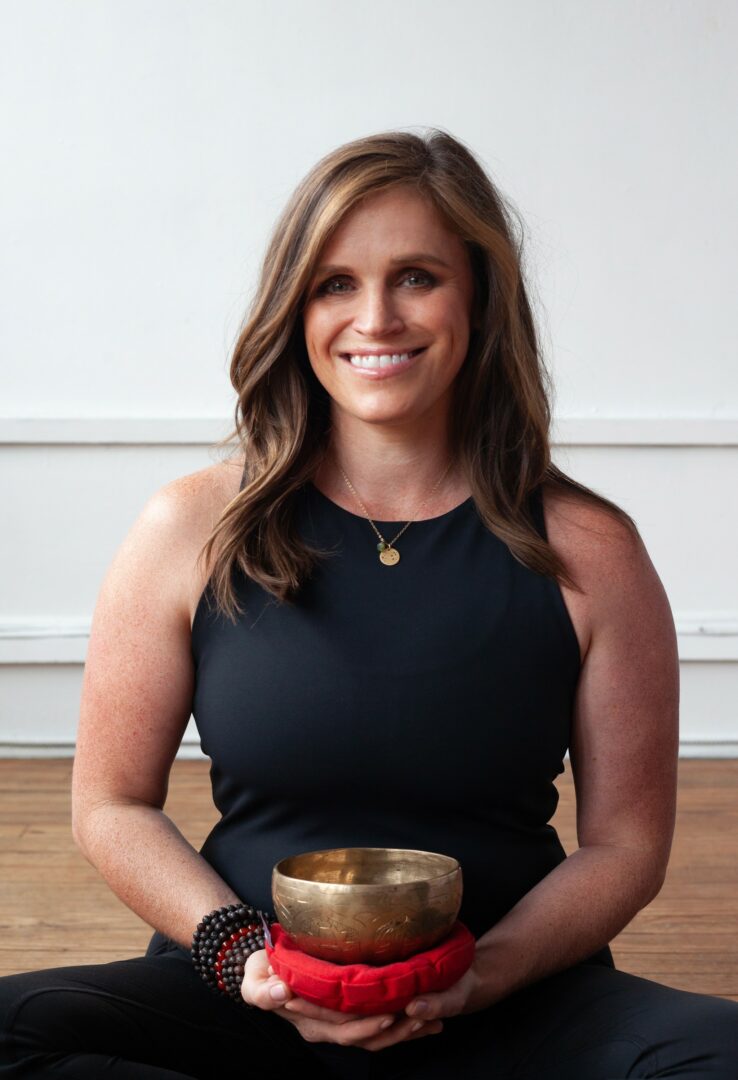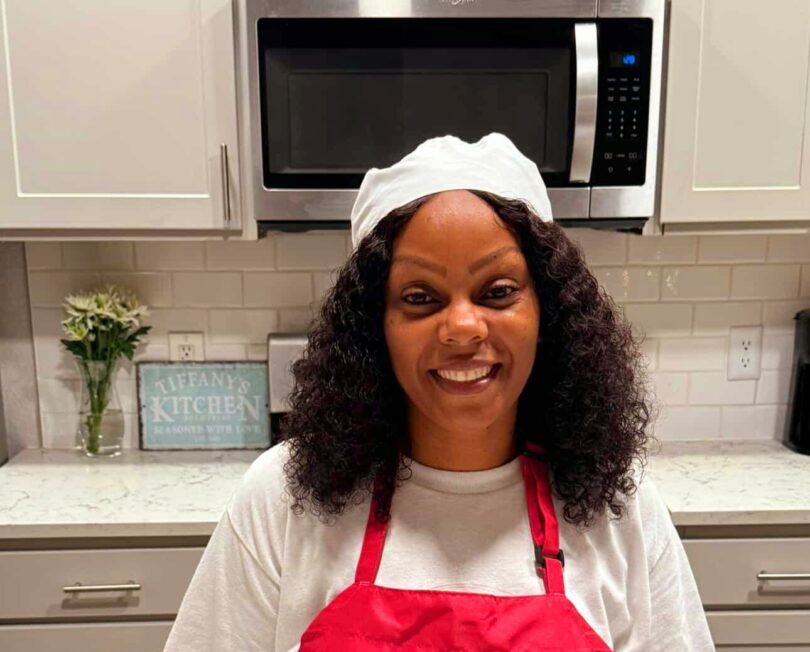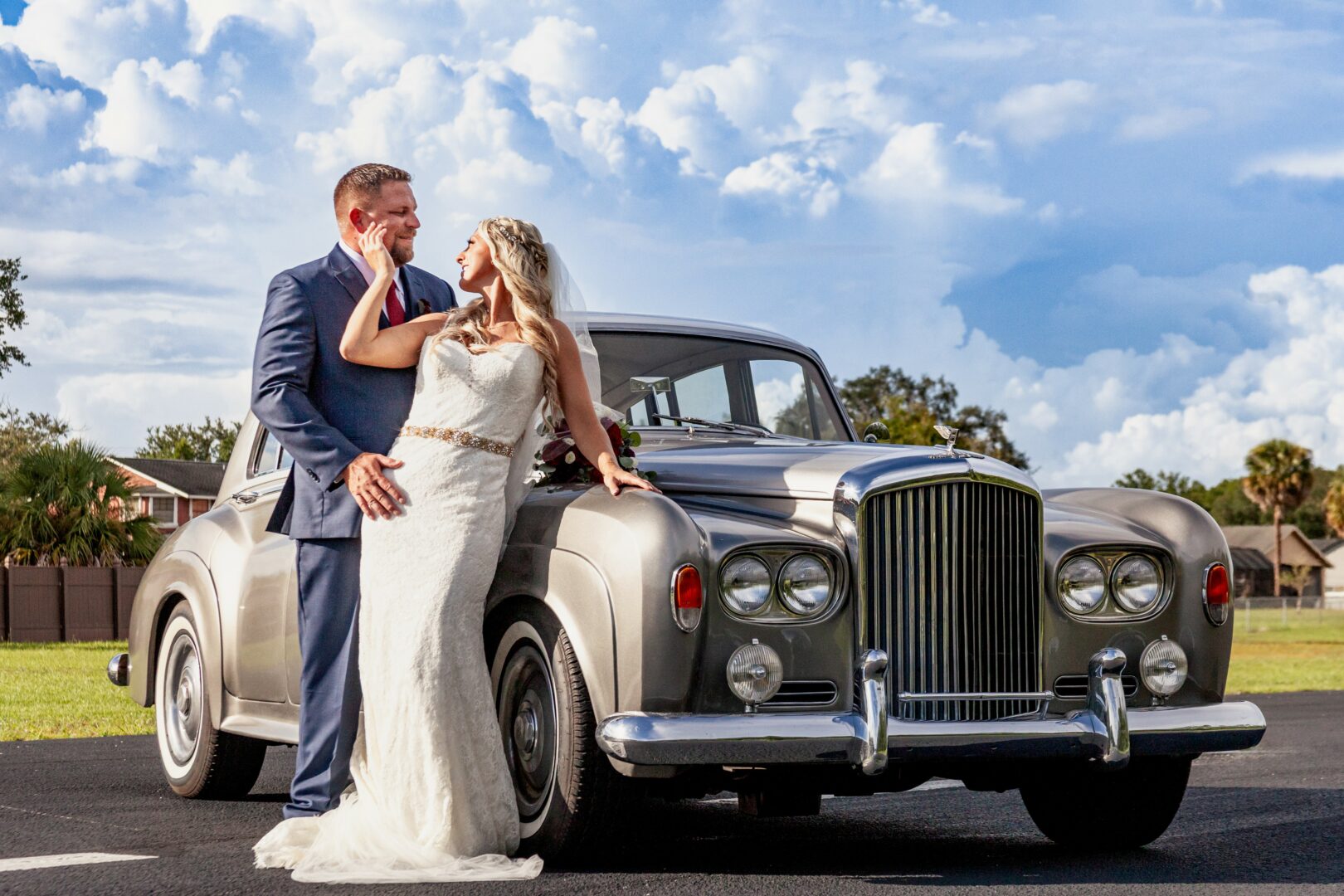We caught up with the brilliant and insightful Perrin White a few weeks ago and have shared our conversation below.
Perrin, first a big thank you for taking the time to share your thoughts and insights with us today. I’m sure many of our readers will benefit from your wisdom, and one of the areas where we think your insight might be most helpful is related to imposter syndrome. Imposter syndrome is holding so many people back from reaching their true and highest potential and so we’d love to hear about your journey and how you overcame imposter syndrome.
It took me 40 years to embody the concept “I am the expert of my experience.” And my expert experience is one that requires no degrees, education, or program completion to own. It simply requires my presence, observation, and authenticity.
I spent the majority of my younger years striving to be a good girl, did what I was told, lived how I thought I should, and followed the paths that I found modeled before me.
However over several stumbles with trying to fit a mold I was never meant to fill, the idea of what being enough also shifted. Good enough, fit enough, smart enough, rich enough, happy enough … for what? According to who? And to what end?
However it was my stumbles with Adderall addiction, emotional numbing, stillbirth, and airway issues that created the personal experiences that now strengthens my entire being, as well as my professional presence.
In my professional career, I work as a speech-language pathologist, myofunctional therapist, yoga teacher and breath coach. But what I know in my bones is that I first learned how to treat and heal myself and now bring that unique point of view to every client I serve, friend I hold space for, and support I extend to my community.
And as I learned how to truly breathe and be with myself, hearing and seeing what I need, I then was able to bring that same energy into all types of experiences, both personal and professional.
Imposter syndrome is interesting in the sense that it hinges on the conversations we have with ourselves. If we let the story that we don’t belong win, then imposter syndrome wins. But if we can see that story for what it is, a story of fiction and not our inner wisdom, then we win. We prevail. Resilience strengthens.
And if we think about all the experiences as steps taken that created the human that we are currently, right now, then we can start to understand the unique perspectives and wisdom we bring to the table. And your experiences are yours. No one else’s. And you, and only you, are the expert of your experience. So own THAT. Feel confident in THAT. Know that no story, lie, inner dialogue can erase what you’ve already experienced.
The beautiful part about sharing experiences is that it actually is a bridge to connections with others. Because experiences are not meant to be compared but rather shared. And through shared experiences we create bridges to others. And what you share, can grow and evolve.
It also helps that I learned how to breathe, slowing down my thoughts by slowing down my breath. So when old stories of not being worthy or enough bubble up, I can choose what I listen to and what I don’t. Because the fuel for imposter syndrome is head space and the extinguisher is intention. So breathe intentionally and with purpose knowing that you belong to be in the room. Your voice matters. And you are the expert of your experience. And there is nothing Imposter Syndrome can argue with there.
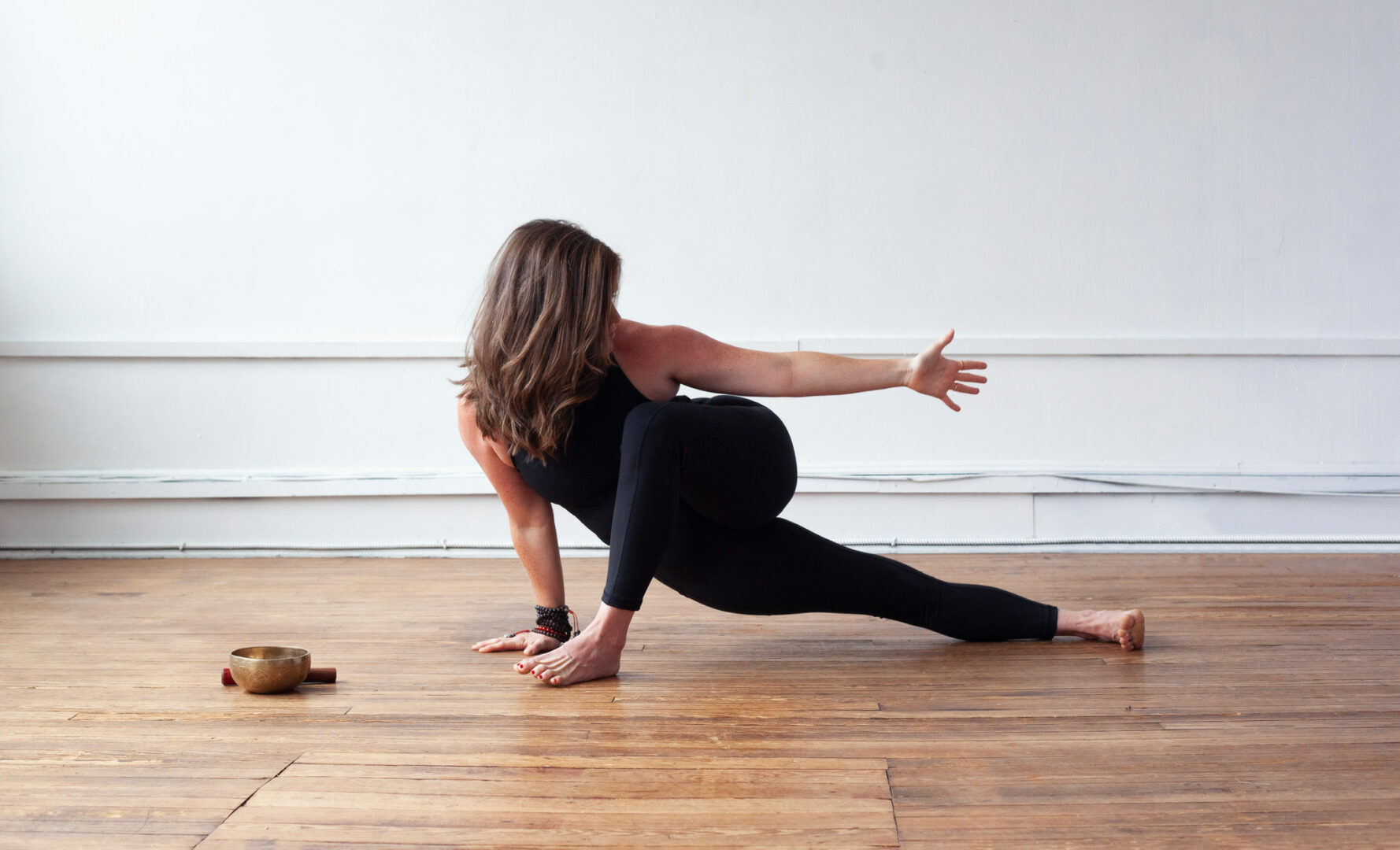

Thanks for sharing that. So, before we get any further into our conversation, can you tell our readers a bit about yourself and what you’re working on?
Hi there, I’m Perrin and I created Breathe Well Be Well with the aim of offering the preventative care I needed as a child and the support that saved me as an adult — seeking to link treating AND healing the body through the breath.
As a child I suffered with allergies and poor sleep, even being named most likely to fall asleep during graduation as my high school superlative! What I then thought was funny, I now know was a cry for help. My airway was compromised and despite going to bed early, my body never fully rested. My mouth was always slightly opened and my nose was always stuffy. I was a mouth breather.
As I moved into my college years, still sleeping poorly and being expected to accomplish more, I was diagnosed with ADHD and consequently put on Adderall. While this kept me awake during class, it certainly didn’t help me address the depression nor how to sit with hard feelings as my parents divorced. All I knew at that time was a pill helped me not feel sad and not sleep through class. And so I moved even farther away from understanding the WHY behind my symptoms and focused on the WHAT would make them disappear.
The tricky thing with bandaids is that they do work, for a while. My bandaids helped be earn a graduate degree and start my career as a speech-language pathologist. But as we grow, so do our responsibilities and the bandaids I had leaned so heavily on to cope with stress and executive thinking tasks no longer “fixed” anything. They just made things worse. And so after a decade, I finally ripped my Adderall bandaid off.
As the first layer of dysfunction began peeling away, I was next able to address a major root cause issue: my airway. It was chronic strep throat that finally got me to the ENT. There I learned I had a deviated septum, enlarged nasal turbinates and inflamed tonsils. I took the leap and fixed all those, at age 34! When I finally took my first full nasal breath post surgery, I cried. I had no idea what I had been missing out on! That was the moment I began to rethink formers held truths. If I assumed my dysfunctional breathing was “normal” breathing, what else had I gotten wrong?
It was that mindset that finally allowed me to address my oral dysfunction, specifically my oral rest, swallowing, and breathing pattern. Remember my chronic mouth breathing?Enter root cause: dysfunctional oral facial muscles most likely caused BY my tongue-tie. When the tongue doesn’t naturally rest on the roof of the mouth, the palate becomes high and narrow, which then decreases the space available in the nasal cavity and obstructs airflow and ability to maintain nasal breathing. And my three decades of dysfunctional breathing had caused havoc on my airway. Around this time I had begun taking an interest in Orofacial Myology and was learning how to treat myself and others on the proper use of these muscles. After having my tongue, upper lip, and buccal ties released, I finally found the ability to fully rest my entire tongue on the roof of my mouth, with lips closed, breathing using only my nose. And through earning my certification in Orofacial Myology began to confidently treat others with similar issues.
I never sought to become a yoga teacher, but rather knew I loved the practice itself. It wasn’t until the pandemic of 2020 however, that I found myself in yoga teacher training to better understand these ancient teachings. During training, I kept seeing overlapping themes in both yoga, speech, and myofunctional therapy – with breath being the common thread. Yoga calls it pranayama. Speech therapy calls it vocal hygiene. Myofunctional therapy calls it breathing re-education. But all seek to bolster the same thing: AIRWAY HEALTH.
I later pursued more breathing certifications, which allowed me to better understand the biochemical, biomechanical, and psychophysiological components of respiration. And through better grasping the workings of the breath, I gained the confidence to actually start teaching breathwork and yoga classes – anything that I could sneak airway health into the teachings I did! I also slowly began improving my skills as a meditation instructor, learning the power of quieting the mind for improved overall health. I knew the breath reflected the anatomy-physiology of your airway and was also discovering the influence it has on your emotional-mental health! I knew that as my stress, anxiety, and fear grew within, so did the rate of my respiration. And if this went unchecked too long, it can become another unhelpful pattern. But now I had tools to both use and teach to others through breathwork and meditation.
I share all this to let you know I understand struggle. I know what it’s like to feel stuck. And I know we are all capable of change.
Speech-language pathology taught me how to be an effective therapist and support client needs. Myofunctional therapy taught me how to treat and support the airway and orofacial development. And yoga gave me the bridge to connect mind to body. And we need them all. I need them all.
I knew my therapeutic style did not fit in a box and I wanted to offer a different approach to treating all the parts of the breath and airway – the anatomy, physiology, behavioral and emotional. And so on 2/22/22, Breathe Well Be Well was born.
It’s an honor to be a part of your healing journey as we all seek to find a way to breathe + be.


Looking back, what do you think were the three qualities, skills, or areas of knowledge that were most impactful in your journey? What advice do you have for folks who are early in their journey in terms of how they can best develop or improve on these?
The three pillars of my work revolve around Inform, Empower, Support.
I live by these in both in how I care for myself and care for those I work with.
Inform: Educate yourself, seek information, ask questions.
Empower: How are you using your voice? Where do you speak your truth? How can you build more agency?
Support: What environments make your heart sing? What music, people, places do you feel fully safe? And how can you build that into your daily life?
And lastly with all these qualities, always invite curiosity over criticism to help invite what you need to show up.

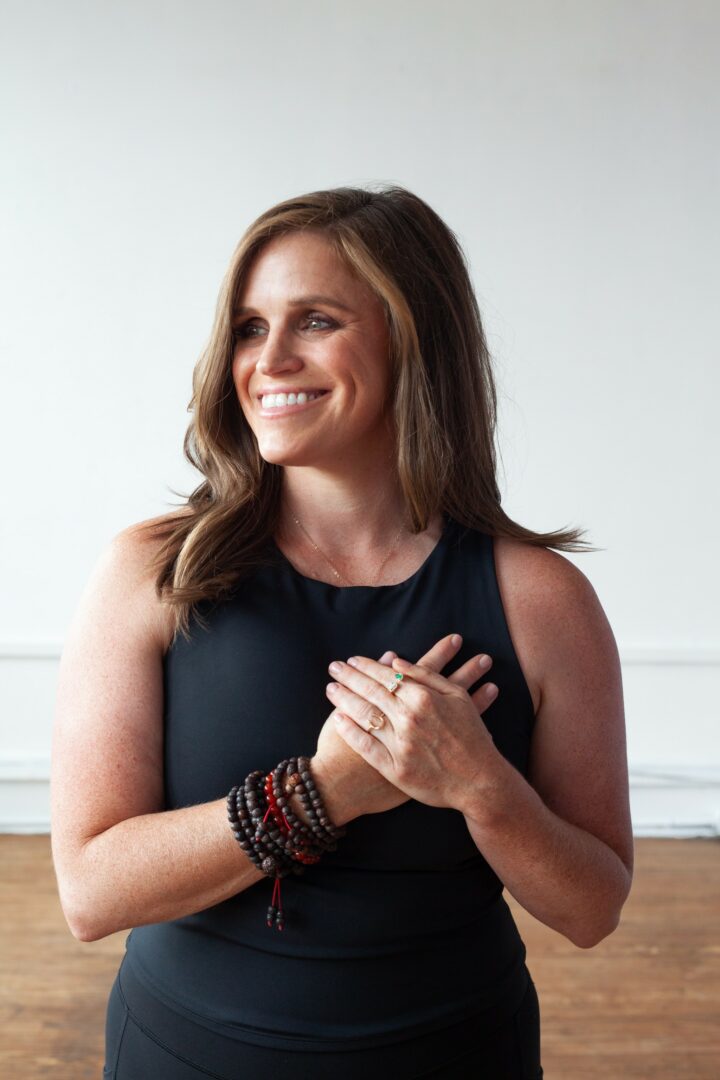
Before we go, any advice you can share with people who are feeling overwhelmed?
Breathe.
Simply notice the journey of your breath, where it feels tight or heavy, where does it get stuck, what needs attention, what feels frantic. See it all and then breathe into it slowly.
As I invite more breathing flexibility into my life, I allow for thinking flexibility and resilience. It it the repeated seeing where in my body I’m sensing resistance and then inviting more space to breathe into it.
This may seem out there but this practice has been beyond profound and life changing.
Contact Info:
- Website: https://www.breathewellbewell.info
- Instagram: breathewellbewell
- Facebook: breathewellbewell
- Linkedin: perrinwhite
- Youtube: breathewellbewell
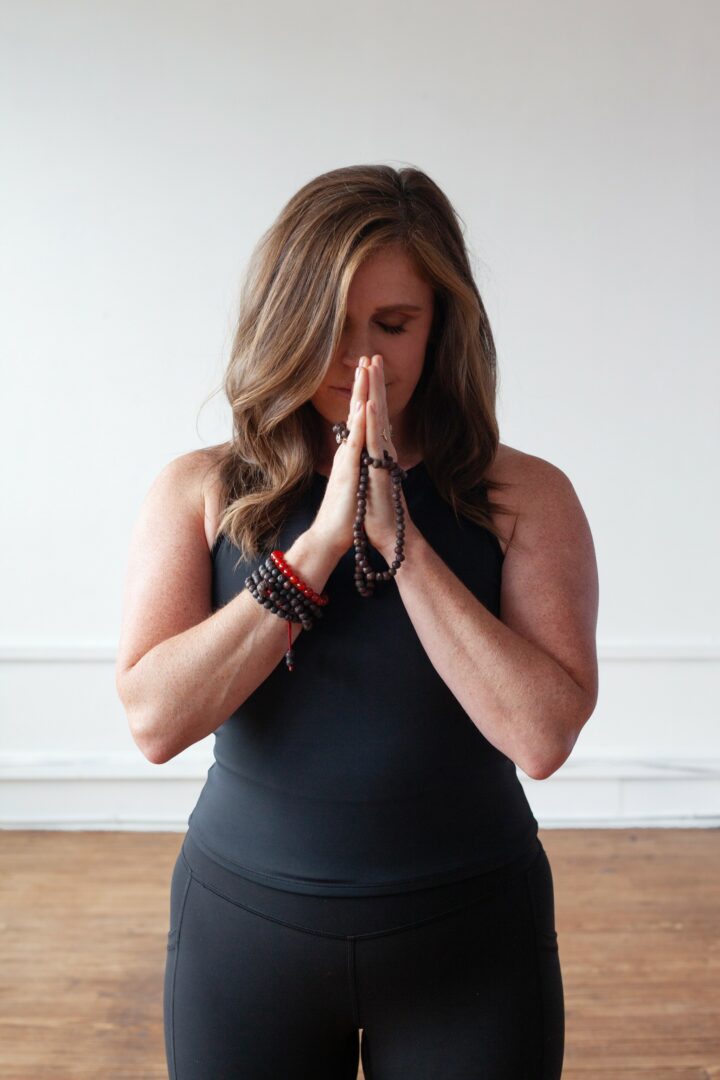
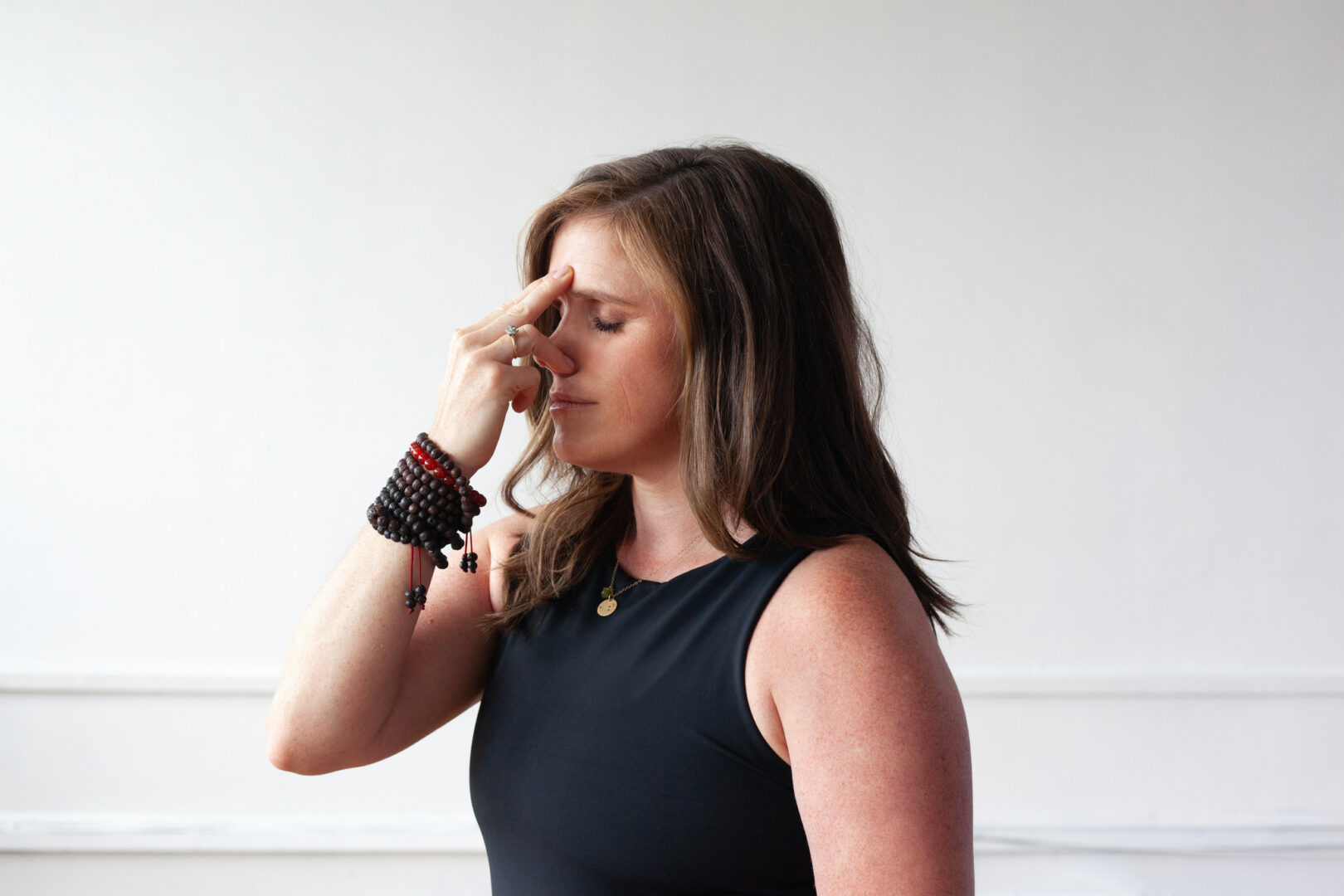
Image Credits
Amanda Ramirez, Nice Life Photography
https://www.nicelifephotography.com/
so if you or someone you know deserves recognition please let us know here.

